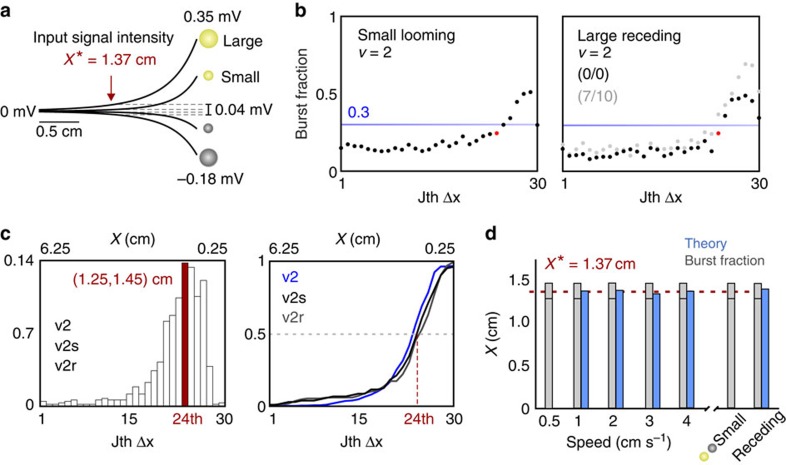Figure 4. ON and OFF cell responses are intensity dependent but the focal point is invariant.
(a) Model traces of the electric potential experienced on the skin of the fish for the final 2 cm of looming (or first 2 cm of receding), caused by brass (yellow) and plastic (grey) spheres with small (d=0.64 cm) and large (d=1.21 cm) diameters9. At x* the small spheres create 23% of the stimulus intensity caused by the large spheres of the same material. Furthermore, a plastic sphere generates a signal that is approximately half the intensity of the same-sized brass sphere in absolute value. (b) Left, to test whether the focal point is size invariant, looming motion was presented to ON and OFF cells at 2 cm s−1 with the smaller spheres. Despite weaker signal intensity, the BF measure, plotted against distance, indicates that the focal point resides in the (1.25–1.45) cm interval. Right, in agreement with the receding data in Fig. 2a, we see a crossing of the BF threshold between the 24th and 25th interval; thus the focal point is invariant to direction for continuous motion (no pauses; 0/0). This point is strengthened by the observation that long pauses (looming, 7 s pause, receding, 10 s pause; 7/10) result in more pronounced bursting in the system and that the focal point shifts to 1.45–1.65 cm according to the BF measure. (c) The left panel shows the probability distribution, conditioned on object distance, that a cell in the population will transition to bursting (BF>0.3) and remain in that state. The process was repeated for 2 cm s−1 looming (v2), continuous receding (v2r) and the small sphere (v2s), which are pooled together in the histogram—the distribution maximum occurs in the (1.25, 1.45) cm interval. The right panel shows the corresponding cumulative likelihoods of bursting in the population, that is, the fraction of cells in the population that have transitioned to bursting. Despite different input intensities, approximately half of the population is activated around the focal point for each case. (d) A summary of the two methods for identifying sensory focus. The capped tops of the grey bars denote (1.25, 1.45) cm. Although methodological limitations prevented successful application of the theory for weaker responses, the BF measure is shown to be a predictor of the distance at which IF is maximal.

